
 Graph 1
Graph 1
ACSYS, which was established in 1995, is today the leading automatic control systems engineering company in the UAE able to design, supply, install, and commission "true" open integrated building management and control systems.
Together with Sensaire Services, ACSYS has executed and commissioned many prestigious projects the most recent being the Shangri-La Hotel (Al Jaber development) in Dubai.
According to Ayman Rashad, managing partner of ACSYS, the open integrated solution installed at this project will possibly make it the first and the only installation in the Middle East to date, to benefit from a "true" open LON-based system.
In this project, almost 1,200 intelligent plant controllers for HVAC (heating, ventilation and air-conditioning) and other electro-mechanical services, application specific controllers, lighting controllers, power monitoring units, from four different manufacturers, are LonMarked, and seamlessly integrated onto one communication bus.
Integrating control systems and devices achieves interoperability between the different systems (air-conditioning control, lighting, access/security, lifts, fire, etc) in order to increase the efficiency of installed electro-mechanical equipment and thus reduce energy and maintenance costs, while providing a comfortable indoor environment.
Based on the single LON-bus solution, ACSYS' solutions offer building services design engineers the ability to achieve greater levels of inter-operability between the different intelligent control systems in today's modern buildings at the process level, and gives them the freedom to select "best-of-breed" products for the required application.
On the other hand, they offer property owners the freedom of choice when it comes to operation and maintenance of their installed BMS, as well as any expansion requirements.
The end result is a highly energy-efficient intelligent property with a high level of indoor environmental comfort.
ACSYS' offices in Dubai offer an example of an application of a true open LonWorks system, which seamlessly integrates the air-conditioning control system, together with access control, lighting control and power monitoring.
It furthermore integrates this with the office PCs' local area network (LAN), offering the ability to operate or monitor the system from any PC in the LAN, by simply using a standard web-browser such as Internet Explorer.
By integrating the different systems and achieving the required inter-operability based on the occupancy levels, it is then very easy to demonstrate the achieved energy savings, based on the real-time logging of occupancy levels and energy consumption.
The results achieved are demonstrated by Figures 1 and 2 created by the real-time logging of the occupancy level and the power consumption level.
 |
Graph 2 |
Access control
Card readers are installed at the office main door on entrance and exit. Access is restricted and allowed only for the company employees.
The card readers are of the proximity type and are capable of reading cards from up to 30 cm.
Both entrance/exit card readers are connected to the LonWorks-compatible card reader controller, together with electric lock and the manual override exit push button. The controller provides all information pertaining to entry/exit activity (employee ID, entry/exit time, as well as access violations). Based on the information from the controller, the system will always 'know' who is in the office.
The entrance card reader is equipped with an alpha/numeric keypad, and display (LCD).
During working hours employees who leave the office for customer or any work-related visits, for example, use this facility to enter information on their destination and thus it is possible for the management to know from the central system where any employee is at any time.
Lighting control
All office lights are controlled individually based on occupancy by LonMarked lighting controllers.
The office is divided into several lighting zones: the public area, entrance area, corridor, individual employee working units in the open-office areas, enclosed areas such as managers' offices, and finally toilets and pantry areas. The integrated system controls the lights in the following manner:
With the entry of the first employee as registered by the access control system, the public area lights and corridor lights will switch on, and the individual employee working space will be lit. As other employees arrive, the system will activate their individual light based on registering their entry.
In areas where natural sunlight can be utilised, a LonMarked sensor is installed to continuously monitor the light intensity level and to dim the lights automatically to maintain an adjustable light level setting in the area.
In areas such as the toilets and pantry, LonMarked occupancy detectors are installed, and the lights in these areas will be activated only if someone is using the area. Once an employee exits the office (using the access card to swipe out), the system will then turn off his individual light and at the end of the day, as the last employee leaves the office, all public area and corridor lights will be switched off automatically by the system.
Air conditioning control
The office temperature is maintained by a number of chilled water fan coil units distributed throughout the office controlled by unitary LonMarked controllers. The setpoints and operation of the units are again maintained by the integrated system based on occupancy as follows:
At an optimised time prior to the office opening time, the system will start the public area cooling units and achieve the adjustable 'comfort' setpoint temperature (23 deg C in this case) by the opening time. As the first employee to arrive enters the office through the access control system, the system will start the cooling units serving the area where that employee normally works, and the cooling unit will work to achieve the adjustable "comfort" setpoint for that area. The same thing follows with the arrival of more employees. The reverse takes place as employees leave the office at the end of the day, and as the last employee swipes out, after an adjustable time delay, the system will then change all cooling unit setpoints to the adjustable economy setpoint (28 deg C in this case) and maintain that temperature.
Power monitoring
Through the use of a LonMarked power monitoring unit on the main distribution board (DB) of the office, it is possible to directly monitor and log all essential electrical power information, such as voltage, current, active and reactive power and power factor.
Most importantly, it is possible to monitor and log in real time, power and energy consumption, and peak load (including date and time when peak load occurred).
Background music
In order to provide a better working atmosphere one of the LAN PCs is used as a music system together with ceiling speakers throughout the office. It is possible to activate background music in the office from the central system from a wide library of music stored in MP3 format, and it is also to possible to play audio CDs directly on any PC in the office LAN equipped with a CD drive.
Control from the LAN
It is possible to monitor and control all available functions of the system (depending on authority) from the LAN, using standard web browsers, to access the central system. The authority to access and/or alter information and setpoints, depends on the user password (user access level), which is defined by the system manager.
It is possible to control the operation of lights, adjust temperature setpoints, monitor and log energy consumption, select music and adjust volume.
An additional facility allows each PC on the LAN to control up to 10 controlled/monitored points which normally would be in the area of that PC, eliminating the need for installing wall switches for light control, and wall units for temperature adjustment.
Internet connection
All LAN users are connected to the Internet via the proxy installed on the server. A mail server is installed on the server, and all users have their own e-mail address. Complete inter-office communication (weekly reports, memos, requests, technical memos etc.) is achieved via e-mails, thus significantly improving the level (and speed) of communication.
It is possible to restrict access to the Internet for any employee, if required, as well as view the "access log" with details about how long each employee has spent on the Internet and which web sites were visited.



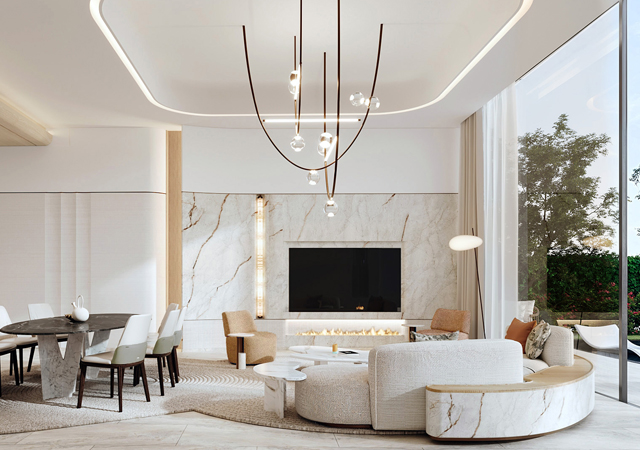
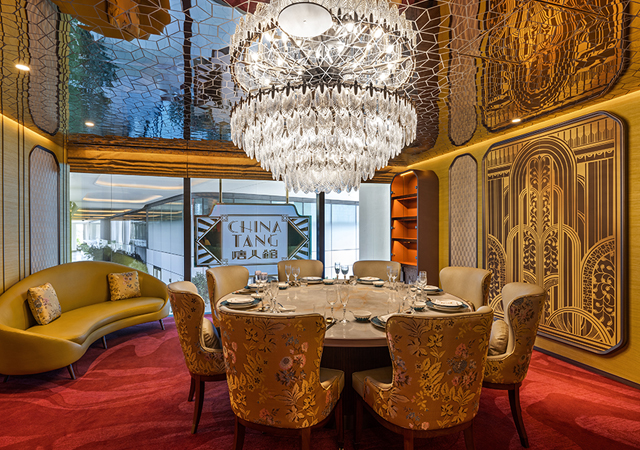
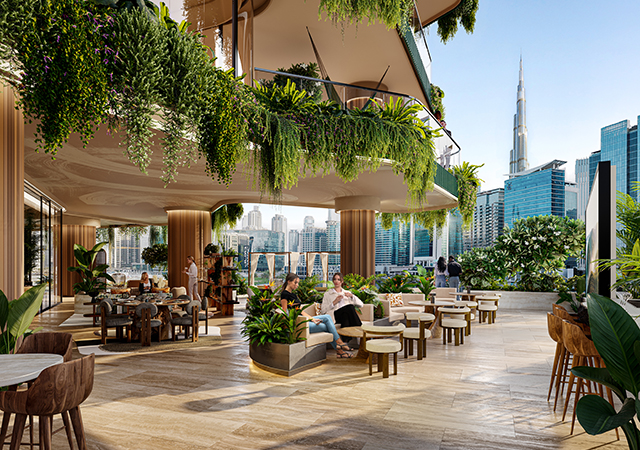
.jpg)


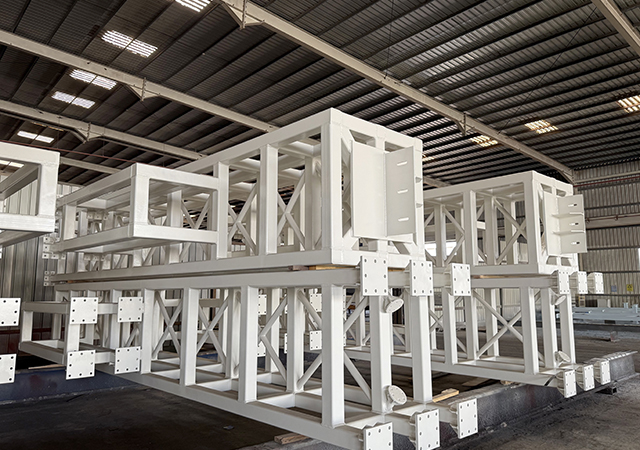



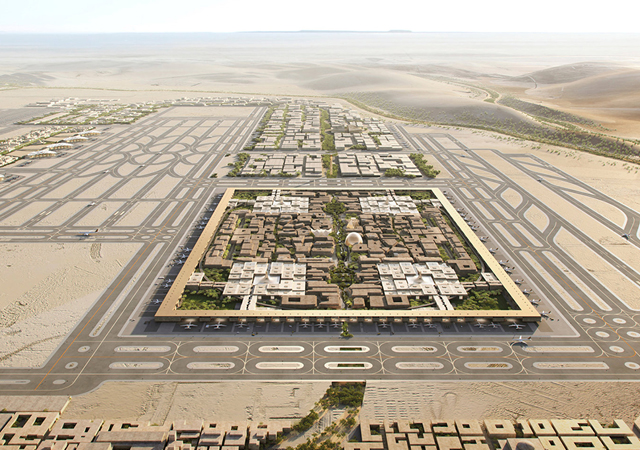
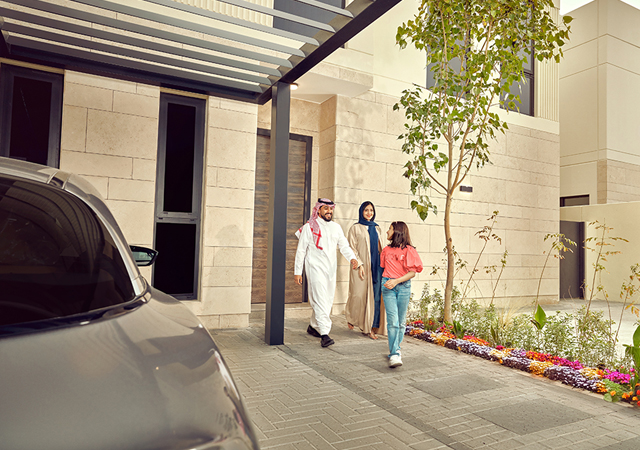
.jpg)






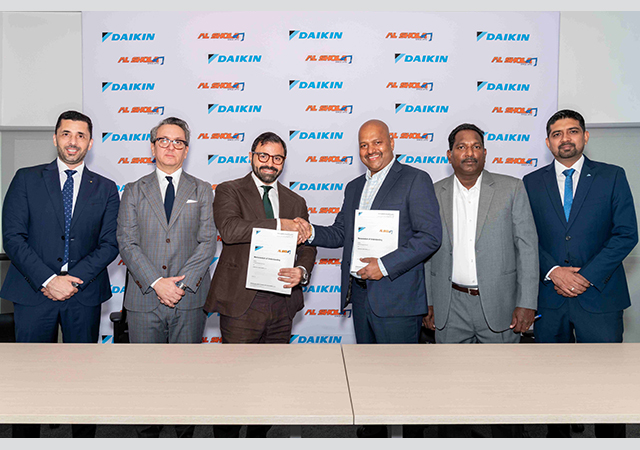

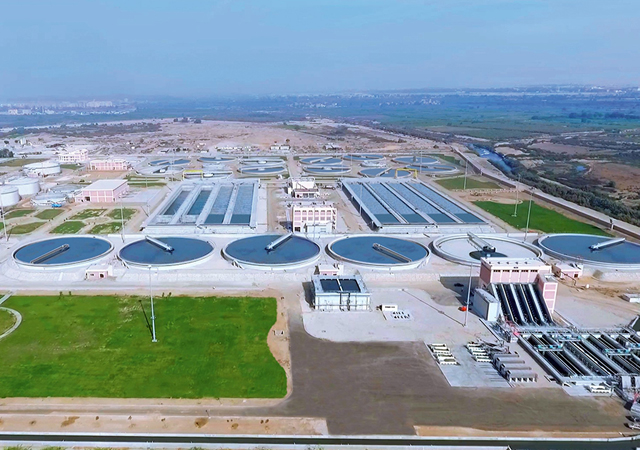
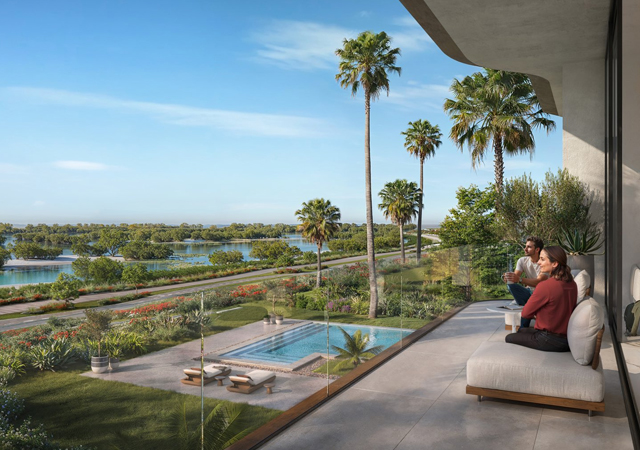
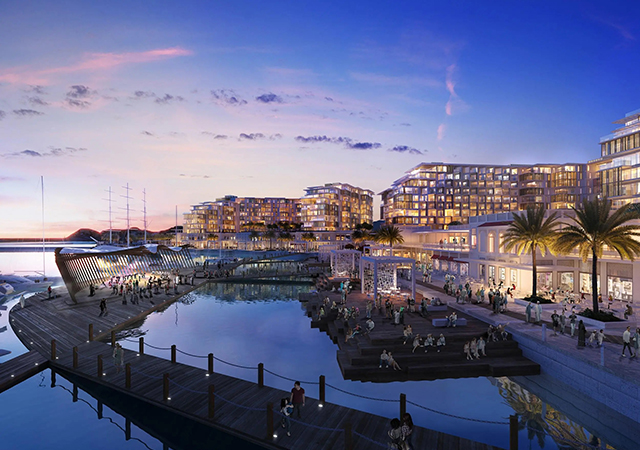

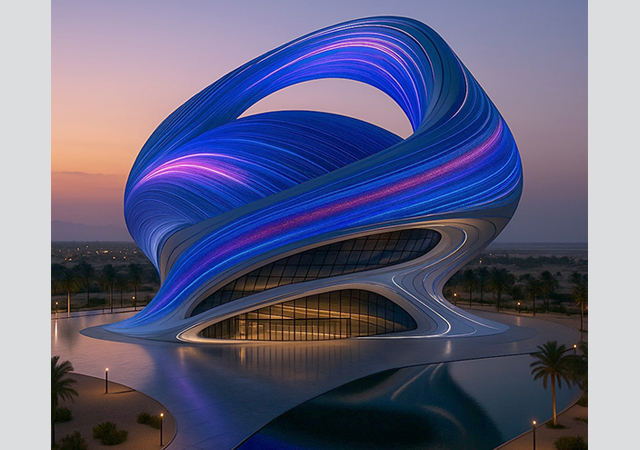

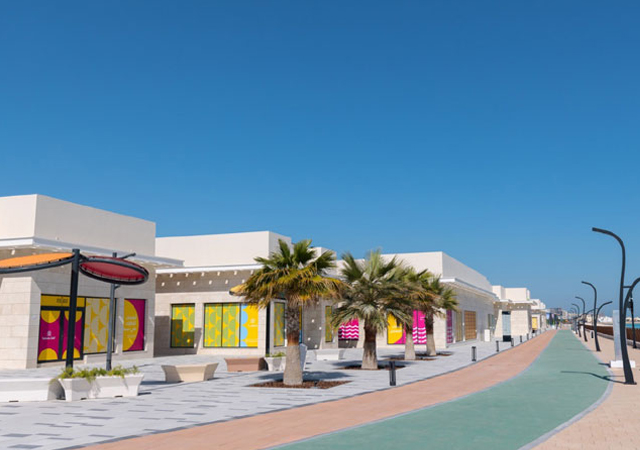

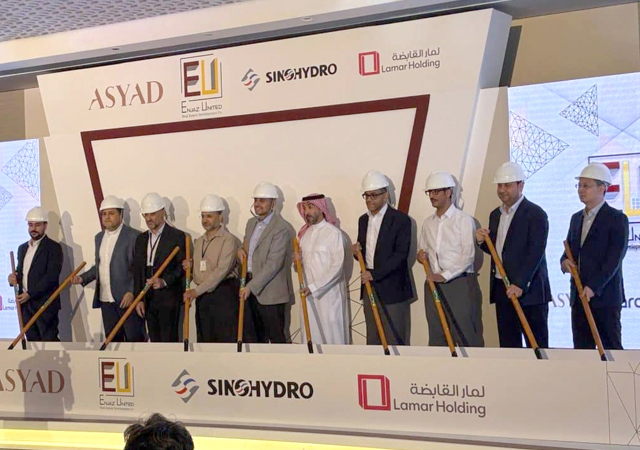
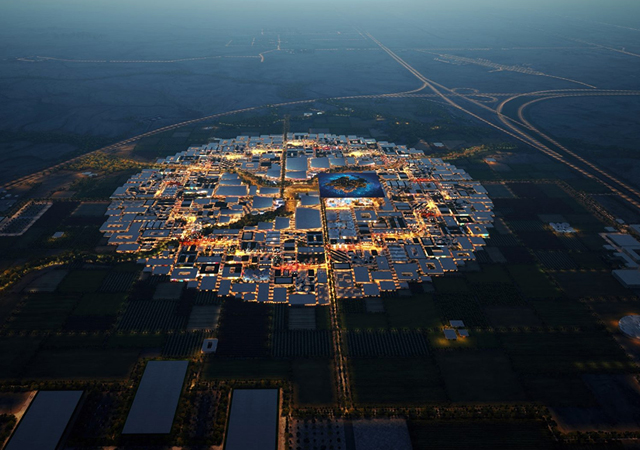

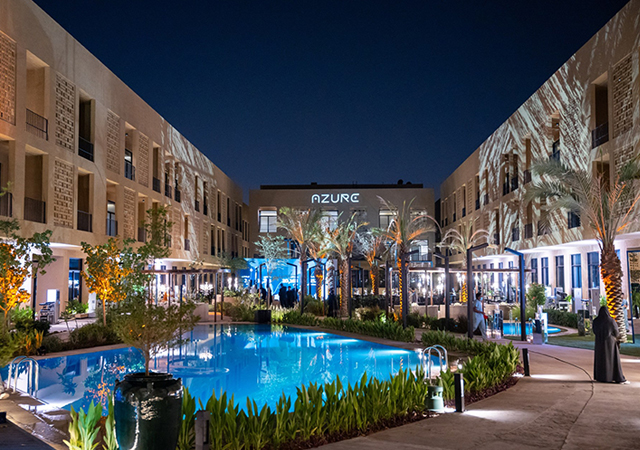
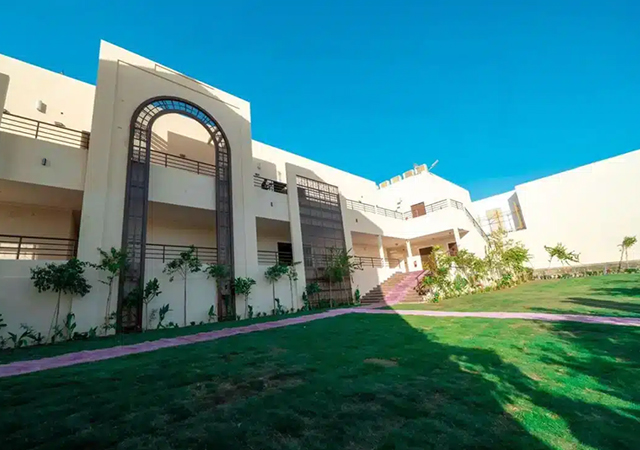





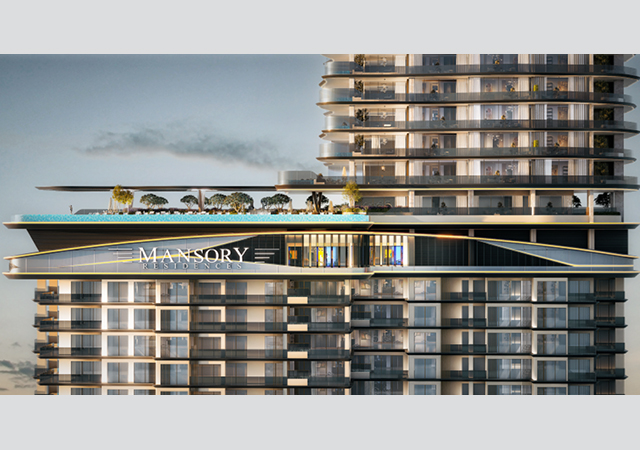
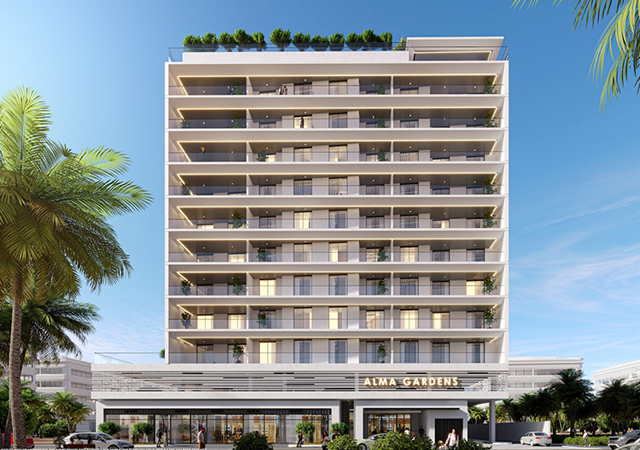

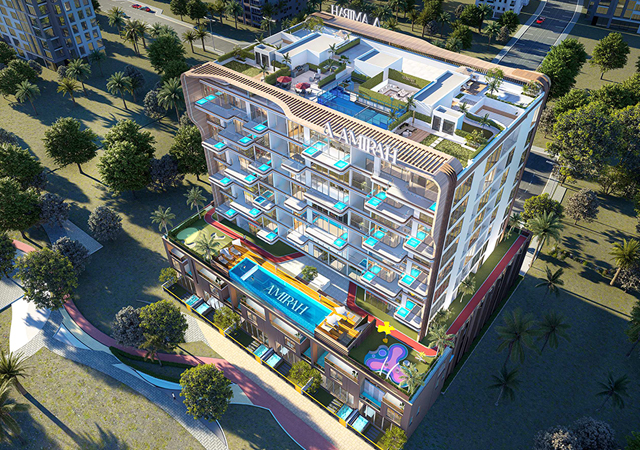
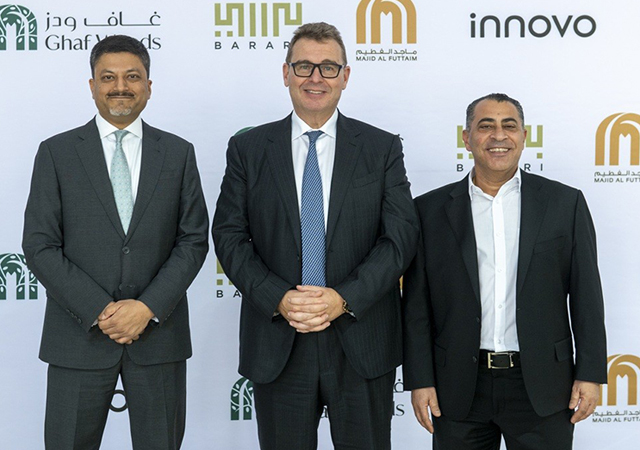
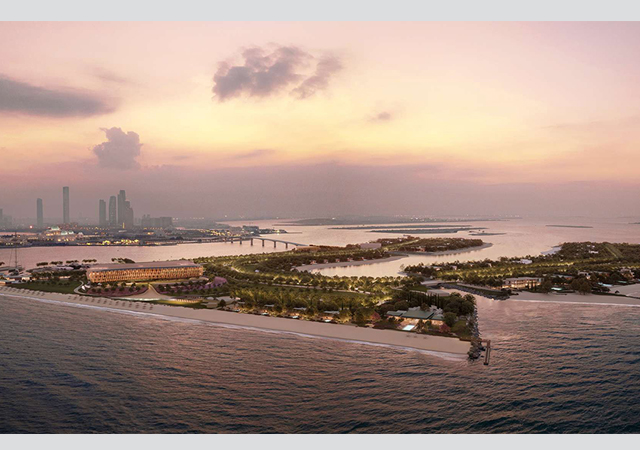
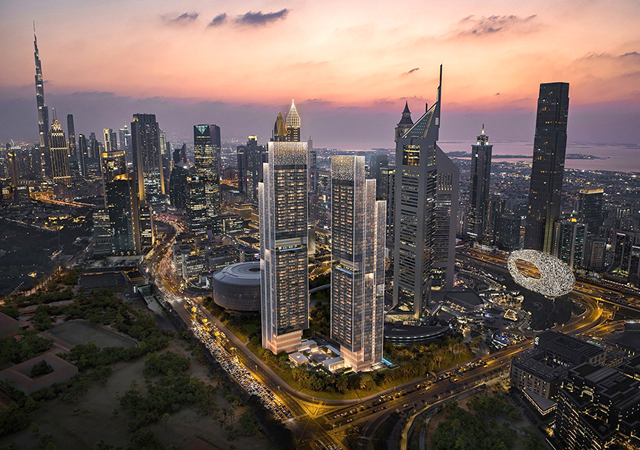
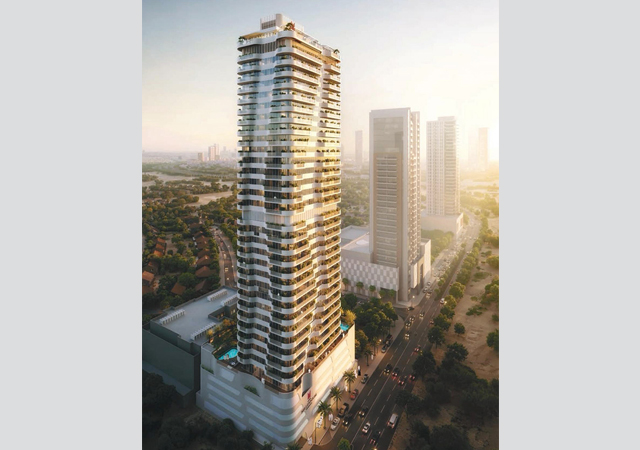
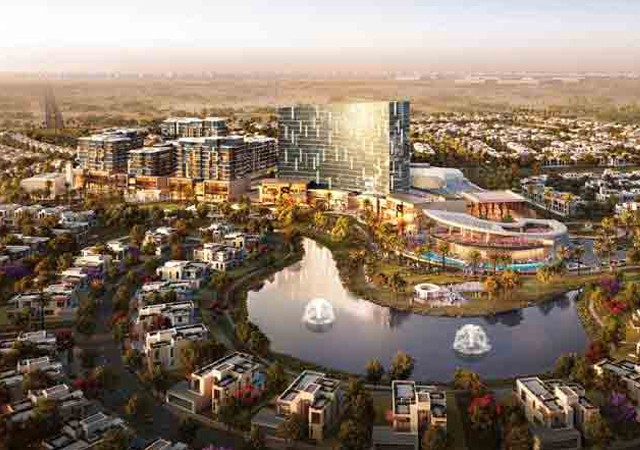

.jpg)


